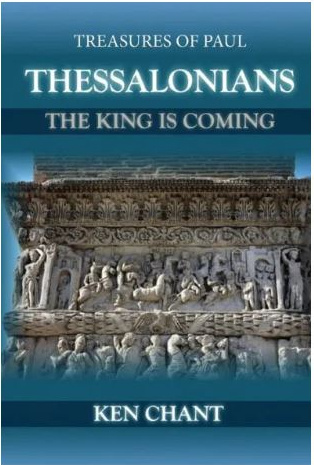Description
Author: Chant, Ken
Paul’s two letters To The Thessalonians, when they were first written, were unique. Nothing quite like them had ever before been seen by anyone anywhere. They must have startled, delighted, and challenged their first readers, and indeed, still have the same effect today when they are first read. Some of the apostle’s arresting ideas and vivid imagery come from the Hebrew scriptures; some reflect the compelling words of Jesus; but the most dynamic arise from immediate divine revelation.
The first two sources are certainly reliable: but what about personal revelation? Can we trust it? For most so-called prophets, we do well to share Sirach’s caution: “Divination, omens, and dreams are all futile, mere fantasies, like those of a woman in labor. Unless they are sent by intervention from the Most High, pay no attention to them. Dreams have led many astray and disappointed those who built their hopes on them.” (34:5-7, REB) The old rabbi accepts that sometimes a new revelation may truly come from God, but he is obviously skeptical of most such claims.
I share his skepticism, having encountered over some 70 years of ministry many spurious oracles. But the words of Paul have a ring of truth about them. They sound right! They burn into the mind; they profoundly stir the heart; they nourish the soul; they arouse joyous, unquenchable hope! Yet, for all their depth of authenticity, scholars have vigorously debated what they mean. Have I captured what Paul intended to say? I suggest you first read the two letters right through, in a good modern translation, then read this book, and decide for yourself. At least you will be stimulated, challenged, and, I hope, startled and inspired! You will never read anything else more captivating!





